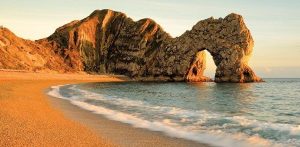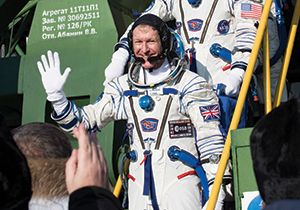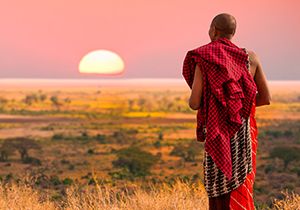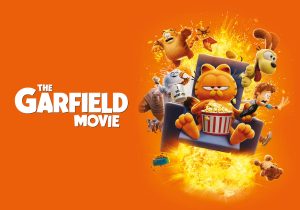
Number facts: Maths primary resource
Explore different values and quantities in relation to real life examples
This number primary resource introduces children to different values and quantities in relation to real life examples. How many toy bricks has LEGO made? How many years did the oldest fish live? How many grains in a pinch of salt?
Pupils will have the opportunity to see numbers in use from units of hundreds, thousands, millions and beyond in our National Geographic Kids’ Numbers primary resource sheet.
The teaching resource can be used in study group tasks, as a printed handout for each pupil, or for display on the interactive whiteboard.
Activity: Ask children to write out all the numbers included in the resource (e.g. 16 million) as numerals and in words. Discuss and research other large numbers, such as: how many people live in their hometown? In the UK? Pupils could discuss as a class how experts may have reached the figures shown in the article. Did they count, or estimate? How might they have estimated the quantities?
N.B. The following information for mapping the resource documents to the school curriculum is specifically tailored to the English National Curriculum and Scottish Curriculum for Excellence. We are currently working to bring specifically tailored curriculum resource links for our other territories; including South Africa, Australia and New Zealand. If you have any queries about our upcoming curriculum resource links, please email: schools@ngkids.co.uk
This Maths primary resource assists with teaching the following Key Stage 1 Maths objectives from the National Curriculum:
- The principal focus of mathematics teaching in key stage 1 is to ensure that pupils develop confidence and mental fluency with whole numbers, counting and place value. This should involve working with numerals, words and the four operations, including with practical resources [for example, concrete objects and measuring tools].
- Teaching should also involve using a range of measures to describe and compare different quantities such as length, mass, capacity/volume, time and money.
Pupils should be taught to: compare, describe and solve practical problems for:
- lengths and heights [for example, long/short, longer/shorter, tall/short, double/half]
- mass/weight [for example, heavy/light, heavier than, lighter than]
- time [for example, quicker, slower, earlier, later]
Pupils should be taught to: measure and begin to record the following:
- lengths and heights
- mass/weight
- time (hours, minutes, seconds)
National Curriculum Lower Key Stage 2 Maths (Year 4) objectives:
Pupils should be taught to:
- recognise the place value of each digit in a four-digit number (thousands, hundreds, tens, and ones)
- order and compare numbers beyond 1000
- identify, represent and estimate numbers using different representations
- round any number to the nearest 10, 100 or 1000
- solve number and practical problems that involve all of the above and with increasingly large positive numbers
National Curriculum Upper Key Stage 2 Maths (Year 5) objectives:
Pupils should be taught to:
- read, write, order and compare numbers to at least 1 000 000 and determine the value of each digit
National Curriculum Upper Key Stage 2 Maths (Year 6) objectives:
Pupils should be taught to:
- read, write, order and compare numbers up to 10 000 000 and determine the value of each digit
- round any whole number to a required degree of accuracy
This Maths primary resource assists with teaching the following Numeracy and mathematics Early level objectives from the Scottish Curriculum for Excellence:
- I am developing a sense of size and amount by observing, exploring, using and communicating with others about things in the world around me
Scottish Curriculum for Excellence Third level Numeracy and mathematics objectives:
- I can round a number using an appropriate degree of accuracy, having taken into account the context of the problem
Download primary resource
More Like

Amazing places to visit this summer!

Tim Peake interview!

Country Fact File: Tanzania!









LEAVE A COMMENT
THANK YOU
Your comment will be checked and approved shortly.
WELL DONE,
YOUR COMMENT
HAS BEEN ADDED!
COMMENTS
CUSTOMIZE YOUR AVATAR